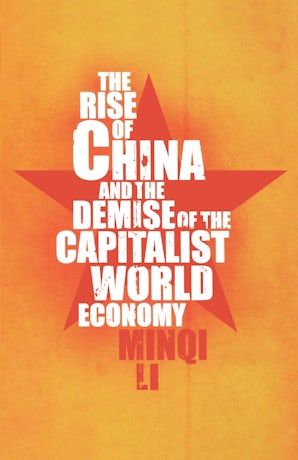Also in this issue
Books by Minqi Li
Article by Minqi Li
- Surplus Absorption, Secular Stagnation, and the Transition to Socialism: Contradictions of the U.S. and the Chinese Economies since 2000
- Degrowing ChinaÑBy Collapse, Redistribution, or Planning?
- China: Imperialism or Semi-Periphery?
- China's Grain Production: A Decade of Consecutive Growth or Stagnation?
- The Rise of the Working Class and the Future of the Chinese Revolution
- Climate Change, Limits to Growth, and the Imperative for Socialism
- After Neoliberalism. Empire, Social Democracy, or Socialism


